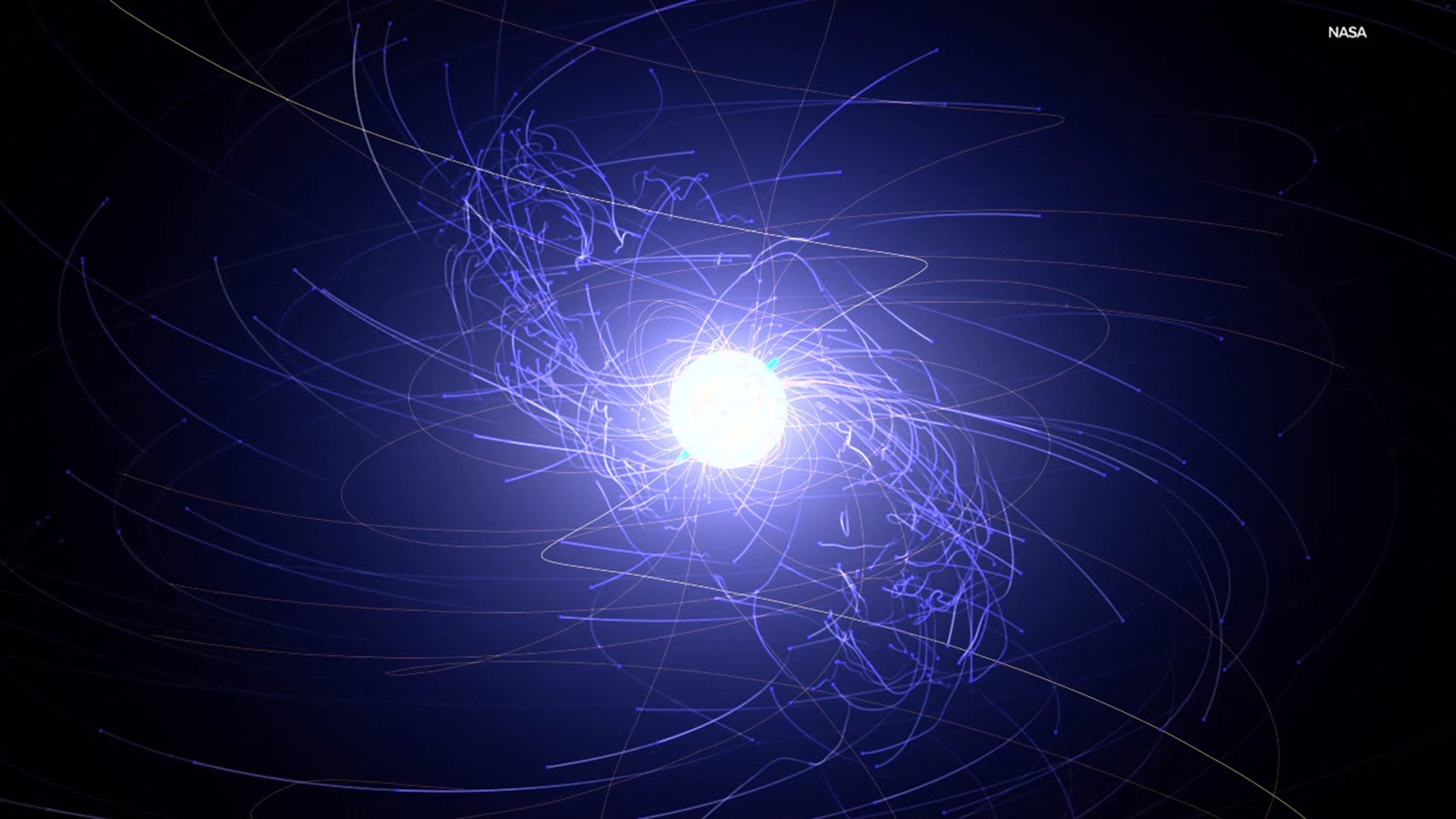For nearly 100 years, scientists have been trying to figure out how matter behaves at incredibly high density.
Recently, a research team with NASA was able to unlock a part of this mystery by measuring the size of a neutron star.
"What makes them special is they are the densest objects that we know of in the universe. They're about the size of a city, but they crush up to two times the mass of the sun into that ball that's 15 or so miles across," said Zaven Arzoumanian, NASA astrophysicist. "That makes the contents inside unimaginably dense. It's like squeezing Mount Everest into a teaspoon."
Arzoumanian says that the neutron star measurement was made using the Neutron star Interior Composition Explorer or NICER telescope.
"It's attached to the top surface what is like a roof rack on the space station," Arzoumanian said.
The NICER telescope is designed to sense X-ray light that neutron stars produce.
It's mounted on the Space Station because X-ray light doesn't pass through Earth's atmosphere.
If we want to study the light that they're emitting from their surfaces to figure out how massive they are, what size they are, we really need to be looking at X-ray light," Arzoumanian added.
Neutron stars spin and shine beams of light like a lighthouse.
"This lighthouse property is what makes neutron star observation so informative. We can time those pulses very, very precisely," Arzoumanian said. "That tells us the mass, the size, and a bunch of other things about strong gravity that we could never hope to measure any other way."
Now that NASA scientists have been able to measure the size of a neutron star, they're hoping to learn clues about what comes after neutron stars, black holes.
"Figure out just where the threshold is for that final implosion to get to the event horizon and a black hole," said Arzoumanian.

